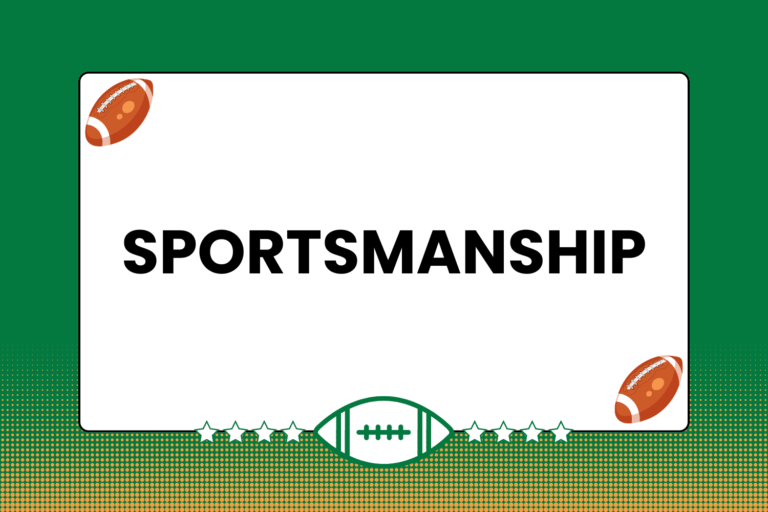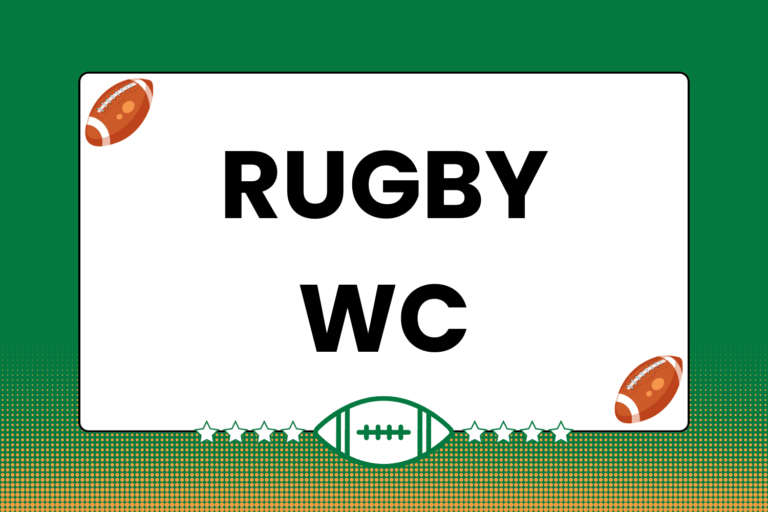Trying to explain rugby to someone who has never seen a match and knows very little about the sport is as potentially frustrating as trying to explain a specific physical sensation in detail. The main frustration in describing the game to someone like this is the worry that the wrong detail will come out as the focus of the explanation, or at least be perceived as being more important than other aspects. To combat this, each part of the game explained in this guide is accompanied with a written description and a visual aid. This is done with the hope that the visual aids help the reader understand exactly what is involved as each description is read.
Here are some things to know before we jump right in:
- There are actually two different codes (or types) of rugby commonly played: Union and League. The Union code of rugby will be the focus of this guide, and the information presented here is largely interchangeable between the two codes. To get a better understanding of the ways Union and League rugby differ, please head to the “League Rugby vs. Union Rugby” guide.
- Many of the technical aspects covered here are explained in more detail in the “Basics of Rugby” tab, and the “The Scrum: An Overview” and “Understanding Kicking & Lineouts” guides. Those guides feature more information and details about the mechanics of the game. Here, most of the mechanics will be limited to a what-you-see-and-what-it-means format.
It would be very difficult to create a list of everything that can or does happen during the course of a game, and the following list is most definitely not that. With that in mind, here is a list of events that most commonly happen during a match.
Hot Tip: Rugby’s Core Principles
Core Principle 1: Throwing the ball forward, or touching it so you make it go forward, is illegal. (Unless you kick it.)
Core Principle 2: There is NO blocking in rugby.
Core Principle 3: The ball acts as a constantly moving offsides line.
The Kickoff
A Kick Off is used to start a match, to resume a match after half time and to resume it after one team scores. The team that got scored on kicks off to the team that scored, unlike in other sports where scoring means the other team takes possession of the ball.
What You’ll See
Players from both teams get into particular formations at midfield, the referee blows a whistle, and the ball is kicked.
- The kicking team lines up directly behind the ball. The kicking team will be mostly arranged in a line across the middle of the pitch, often with the majority of players grouping up to one side of the ball.
- The other team will be at least 10 meters away from the ball, arranged in a more spread-out formation. The reason these players are scattered is to ensure that someone from their team has a chance to catch the ball wherever it is kicked.
- The kicking team has to kick the ball at least 10 meters away and in bounds, otherwise it’s a penalty. After the ball goes 10 meters, it’s up for grabs and can be played by either team.
The Scrum
Scrums are used to restart play after a minor infraction/penalty has been committed. The scrum is a strength battle between the Packs – the group of forwards from each team. Both sides compete for possession of the ball by trying to push the other side backwards. The ball is rolled in, one side gains possession of the ball, and it’s rolled to the back of that team’s pack where it’s picked up and passed out.
What You’ll See
Scrums look like small hurricanes consisting of people. They’re also the play for which rugby is most known.
- Two groups of the biggest players from each team – the forwards – intertwine themselves. The remaining players – the backs – are arranged in a line 45 degrees from, and behind, the forwards.
- After a moment, both groups crash into each other and push, with each side trying to drive the other backwards.
- Another player rolls the ball between both groups, and it emerges at the back of one group or the other. The ball is picked up and either passed or ran with by that player.
The Ruck
Another core principle in rugby (Union, not League) is that both teams have the right to contest possession the ball. Basically, this means that it’s perfectly legal to try and take the ball away from the other team. Rucking is one of the ways this right to contest possession happens. When the ball carrier gets tackled, a small battle for the ball ensues, usually being won by the team/players that got there first. So just because a player from one team goes down, it doesn’t mean that same player’s team automatically gets the ball back.
Rucks occur after the ball carrier gets tackled, or any time t he ball is loose and players from both teams go after it. Technically speaking, a ruck needs only one player from each side trying to push the other away from the ball, but very often multiple players are involved. The ball is picked up by a player not involved in the ruck, similar to how the ball is picked up after a scrum.
Fun Fact:
One of the biggest differences between League and Union styles of rugby is that there is no ‘right to contest possession of the ball’ in League Matches. This also means there are no rucks and mauls in League games.
What You’ll See
A player carrying the ball gets tackled, and possibly stomped on while several other players from each team fight for what looks like control of the spot where the tackle took place. They’re actually fighting for the ball.
- A player carrying the ball gets tackled to the ground.
- Almost immediately, players from both sides will descend on the spot where the ball carrier was tackled, throwing and pushing each other and likely trampling any players underneath them.
- Eventually, one team (team A) will push players from the other team (team B) back far enough that another player from team A will come behind the ‘pushers’ and throw the ball out.
The Maul

What You’ll See
A maul starts out looking like a failed tackle: The ball carrier gets wrapped up by an opposing player, but not taken down. Players from both sides will quickly attach themselves to their respective teammates and drive forward, seemingly in an attempt to turn the ball carrier (who’s caught in the middle) into mush.
- The player with the ball runs into an opposing player, but doesn’t go to the ground. Instead, both players attempt to drive against each other.
- Almost immediately, players from both teams will grab onto their respective teammate, be it the ball carrier or tackler.
- The size of each team’s group of players can get as large as the packs involved in a scrum, and a large maul looks similar to a scrum, but moves around a lot more than a scrum does.
- The maul ends when the ball is passed away, or when the player holding the ball in the maul goes to the ground.
The Lineout
.jpg)
What You’ll See
- One player from the team not responsible for putting the ball in touch will stand out of bounds with the ball. This player is the thrower.
- Several bigger players from each side will line up in two perpendicular lines out from a touch line. They are at least five meters out from the touch line (side line), and there is also about one meter in between the lines of players.
- Some of the players are jumpers, others are lifters. Jumpers, as the name implies, jump for the ball when it’s thrown in. Lifters literally boost (or lift) the jumpers higher, giving them a better chance at getting the ball.
- The rest of the players will be behind the lines of players, arranged in a diagonal line similar to how they’re lined up during a scrum.
- All players must stay on the ground until the ball is thrown in. When the ball is thrown in, players in each line will jump/be lifted to get the ball. Play resumes when one player touches the ball after it’s thrown in.
A Good Start
These certainly aren’t the only parts to the game of rugby, but they are some of the more common ones. Hopefully, after reading this you have a better understanding of each structure’s purpose, and will be able to recognize them as they happen during the course of a match. And of course, the more matches you see, the easier it will be to recognize these structures, and the more your understanding of each will grow.





